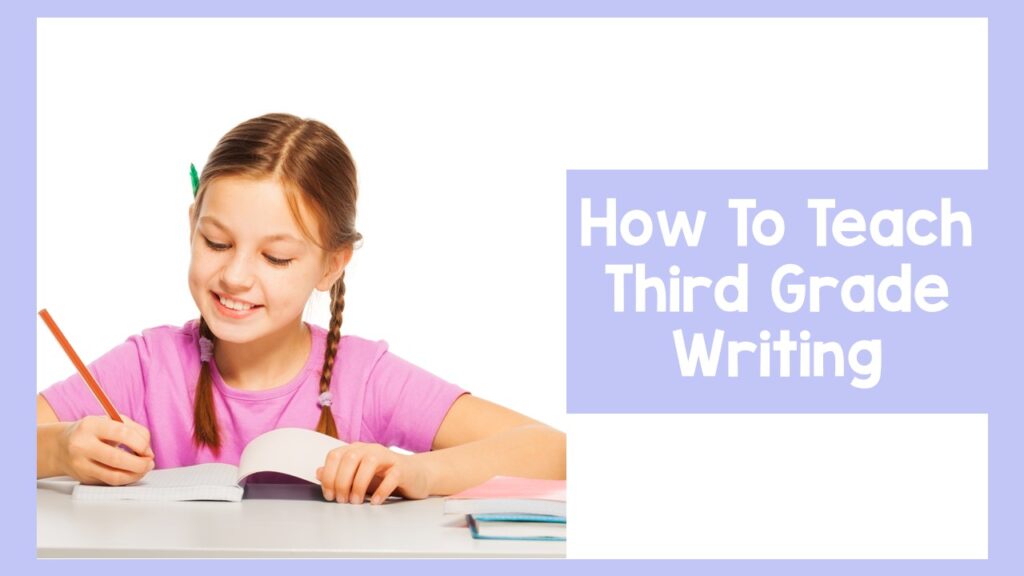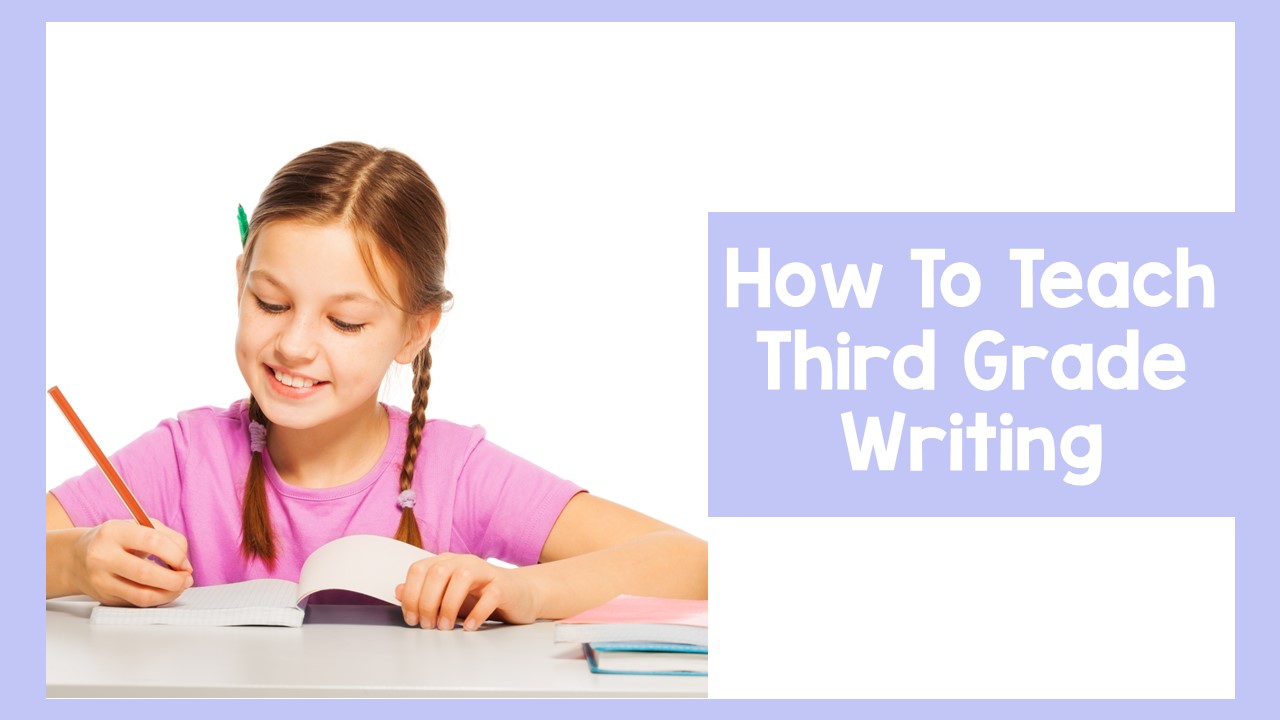
What Age is a Third Grader? Understanding the Typical Age Range
When parents and educators discuss the developmental milestones of children, a common question arises: what age is a third grader? Understanding the typical age range for students in third grade is essential for setting appropriate academic expectations and providing tailored support. This article will delve into the specifics of the age range of third graders, factors that can influence a child’s placement, and the developmental considerations that come into play during this pivotal year.
Typical Age Range for Third Grade Students
The most common age range for children in third grade is 8 to 9 years old. This is based on the standard school entry age, which typically sees children entering kindergarten around the age of 5. From there, they progress through first grade at age 6, second grade at age 7, and then third grade at age 8. However, it’s important to acknowledge that this is just a guideline, and several factors can influence a child’s placement in a particular grade.
Factors Influencing Grade Placement
Several factors can influence whether a child is within the typical third grade age range. These include:
- Birthdate: Children born later in the year might start kindergarten a year later, impacting their subsequent grade placement. For example, a child born in late December might be almost a full year younger than a child born in early January in the same grade.
- Early Admission Policies: Some schools have policies allowing children who turn 5 shortly after the kindergarten cutoff date to be admitted early. This can result in a slightly younger cohort in the lower grades, including third grade.
- Grade Retention: Students who are not meeting academic standards may be held back a grade, a process known as grade retention. This would result in an older student being in the third grade classroom.
- Grade Skipping: In rare cases, a student who demonstrates exceptional academic ability may be allowed to skip a grade, resulting in a younger student being in third grade.
- International Moves: Students transferring from educational systems in other countries may be placed in a grade level that differs from their age due to varying school start ages and curriculum structures.
Developmental Considerations for Eight and Nine-Year-Olds
Understanding the developmental stage of eight and nine-year-olds is crucial for educators and parents. At this age, children are typically developing more sophisticated cognitive and social skills. They are becoming more independent, developing stronger peer relationships, and beginning to think more abstractly. The third grade age is a significant time for academic and social growth.
Cognitive Development
Cognitively, third graders are typically able to:
- Understand and follow multi-step instructions.
- Solve more complex math problems, including multiplication and division.
- Read and comprehend increasingly challenging texts.
- Express themselves more clearly in writing.
- Begin to think critically and analyze information.
Social and Emotional Development
Socially and emotionally, third graders are often:
- Developing a stronger sense of self and identity.
- Navigating more complex social dynamics with peers.
- Learning to empathize with others and understand different perspectives.
- Becoming more aware of social rules and expectations.
- Developing problem-solving skills to resolve conflicts.
Addressing Individual Needs in the Third Grade Classroom
Given the potential variability in age and developmental levels within a third grade classroom, it is essential for teachers to differentiate instruction and provide individualized support. This can involve:
- Flexible Grouping: Grouping students based on skill level or learning style to provide targeted instruction.
- Differentiated Assignments: Modifying assignments to meet the needs of individual learners.
- One-on-One Support: Providing individualized assistance to students who are struggling.
- Enrichment Activities: Offering challenging activities for students who are excelling.
The Importance of Communication Between Parents and Educators
Open communication between parents and educators is crucial for ensuring that third grade students receive the support they need to thrive. Parents can provide valuable insights into their child’s strengths, weaknesses, and learning style. Educators can share information about a child’s academic progress and social-emotional development in the classroom. Regular communication can help identify potential challenges early on and develop strategies to address them effectively. Understanding what age is a third grader is just the starting point; collaborative efforts are key.
Addressing Concerns About Grade Placement
Parents sometimes have concerns about their child’s grade placement, particularly if their child is significantly younger or older than their classmates. If you have concerns about your child’s placement, it is important to communicate with their teacher and school administrators. They can provide information about your child’s academic performance and social-emotional development, and help you determine if a different placement might be more appropriate. Remember, the goal is to ensure that your child is in an environment where they can learn and grow to their full potential. Knowing what age is a third grader helps frame these discussions.
The Role of Curriculum in Third Grade
The curriculum in third grade typically focuses on building foundational skills in reading, writing, and mathematics. Students are expected to master key concepts such as multiplication, division, fractions, and basic grammar. The curriculum also often includes science, social studies, and the arts. The curriculum is designed to be challenging but also developmentally appropriate for students in the typical third grade age range. The curriculum expands on the concepts learned in previous grades and prepares them for the challenges ahead. The third grade curriculum is structured to help students achieve key milestones.
Supporting Learning at Home
Parents can play a significant role in supporting their child’s learning at home. This can involve:
- Reading with your child regularly.
- Helping with homework assignments.
- Providing opportunities for hands-on learning.
- Encouraging your child’s interests and hobbies.
- Creating a supportive and encouraging learning environment.
By creating a supportive learning environment at home, you can help your child succeed in third grade and beyond. The third grade age is a crucial time for developing a love of learning.
Conclusion
In summary, while the typical age range for a third grader is 8 to 9 years old, various factors can influence a child’s placement in this grade. Understanding the developmental considerations of this age group and addressing individual needs is essential for creating a positive and effective learning environment. Open communication between parents and educators is key to ensuring that all students receive the support they need to thrive in third grade. The key takeaway is that knowing what age is a third grader provides a general guideline, but flexibility and individual attention are paramount for student success. As children progress through third grade, it’s essential to remember the varied developmental paces and individual needs of each student. Considering what age is a third grader allows for more informed decisions about academic support and curriculum adaptation. Ultimately, focusing on the individual needs of each child will lead to a more enriching and successful educational experience in third grade. The question of what age is a third grader serves as a reminder to consider the broader context of a child’s development and learning journey. Recognizing the third grade age as a time of significant growth and change emphasizes the importance of providing a supportive and stimulating environment. Therefore, while the question of what age is a third grader has a straightforward answer, the complexities of child development necessitate a more nuanced approach to education and support. The focus should always remain on fostering a love of learning and helping each child reach their full potential, regardless of their specific third grade age. Remember that every child learns at their own pace, and understanding what age is a third grader is just one piece of the puzzle.

